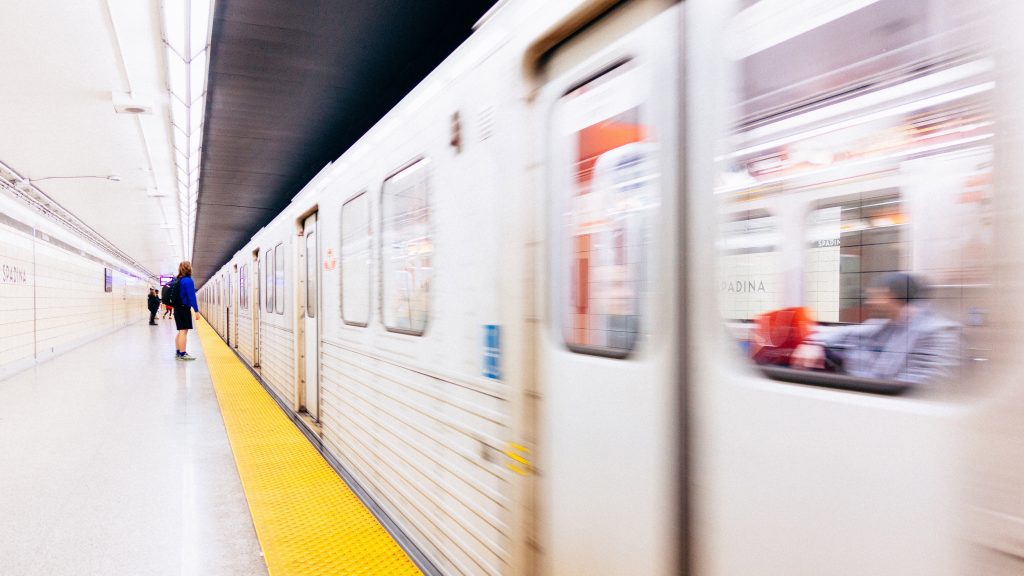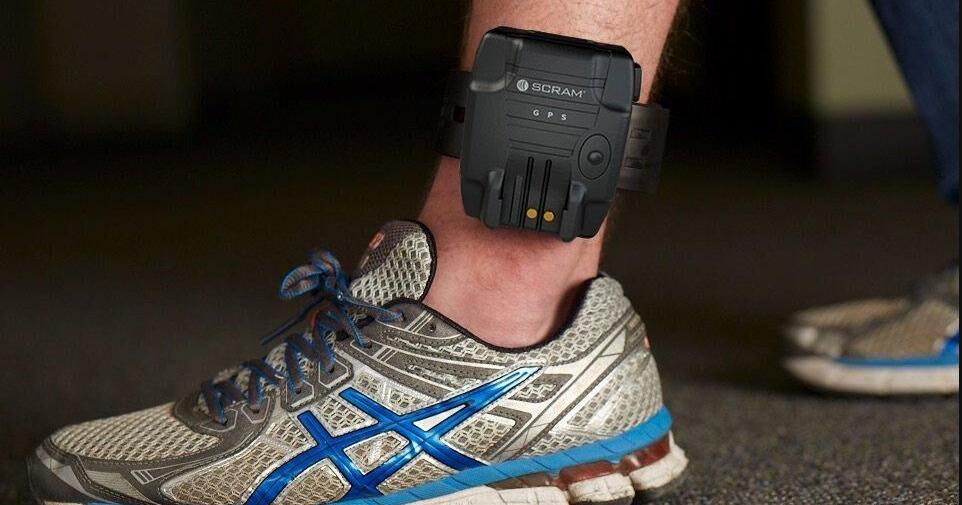Northern Light
Superstar
Choosing not to vote - and it is a choice - means that you didn’t care enough to affect the outcome.
And, sure, there are always reasons people give for why they don’t vote (it doesn’t matter, all politicians are the same, whatever) - but at the end of the day they didn’t even try to affect the outcome. That’s implicitly a vote for the incumbent in low turnout elections.
Essentially, I agree with this.......but I also think its important to acknowledge that it isn't conscious or intentional by most. Such is the nature of apathy of whatever form. That doesn't make it ok.
I'm just trying to differentiate between those who are actively supportive of one view or even genuinely indifferent, vs those who do not know, or understand what role they can play and how it may matter.
First off, I really appreciate your contributions - and I suspect many fellow posters do as well.
TY; and I know many, many do, I receive many 'likes' and such and lots more positive messages, some public, some private, for which I am quite grateful.
In any group there is always a distribution between the totally disengaged, to the dilettantes, to the truly knowledgeable and engaged. Very few will be at the very engaged end of the spectrum. Also, that distribution varies for every different subject that group encounters. I think it’s unlikely that people will be care, or have an opinion about everything, but I would hope that they have and voice an opinion about at least one - and for the other subjects on which they’re silent, they’re implicitly ok with whatever takes place.
I agree, again, my point in making the comparison between UT and the broader electorate was one of saying that this IS the political class, this IS the engaged group, These ARE the people who broadly care about this, but still, for a lot of different reasons, they are unwilling or unable to be fully engaged on any number of threads.
How then do we expect those who care less about such issues; who are far less informed and knowledgeable to be engaged?
Again, I'm not letting people off the hook; I'm more asking, how do we engage those who have come to conclude the 'system' just doesn't include them?
Last edited:






